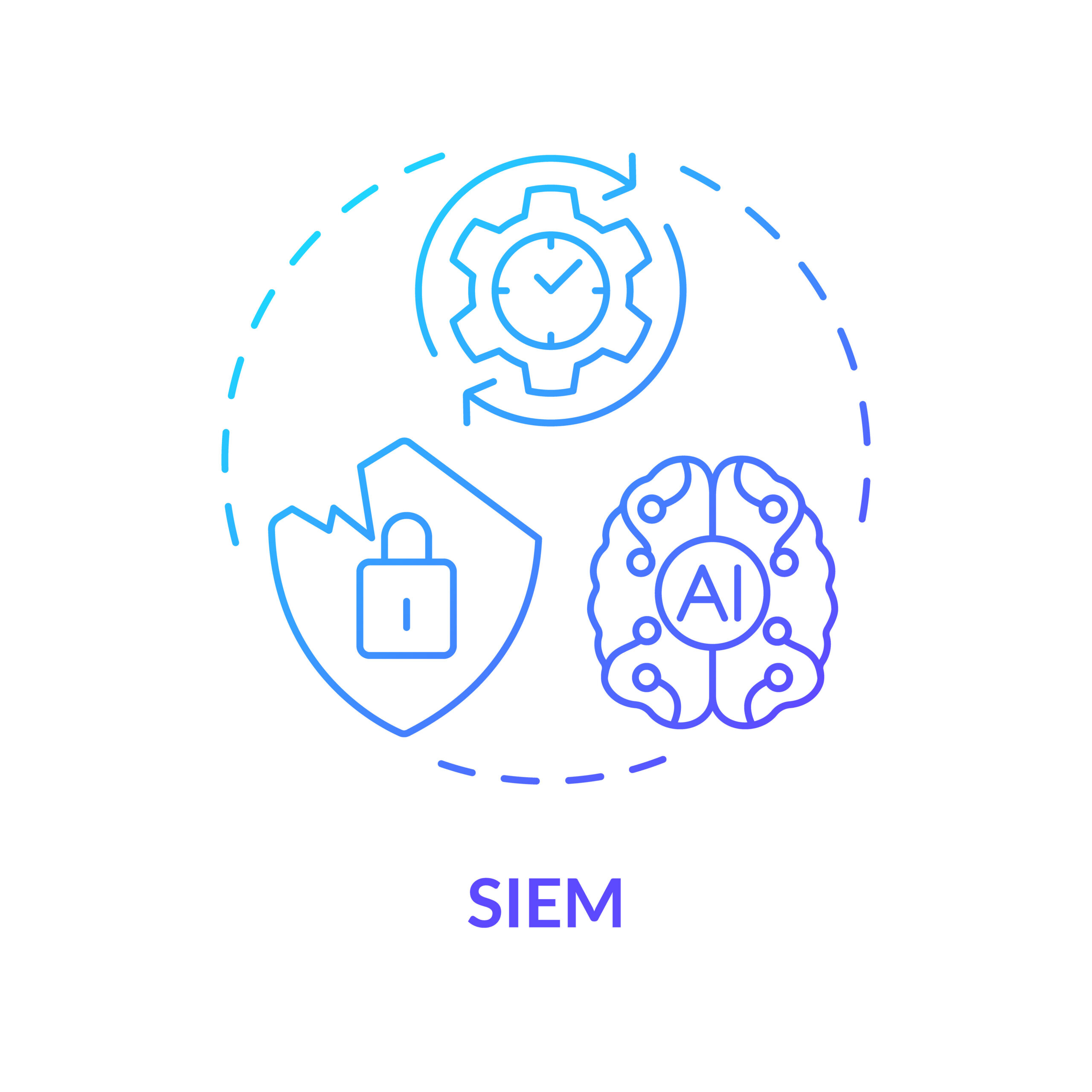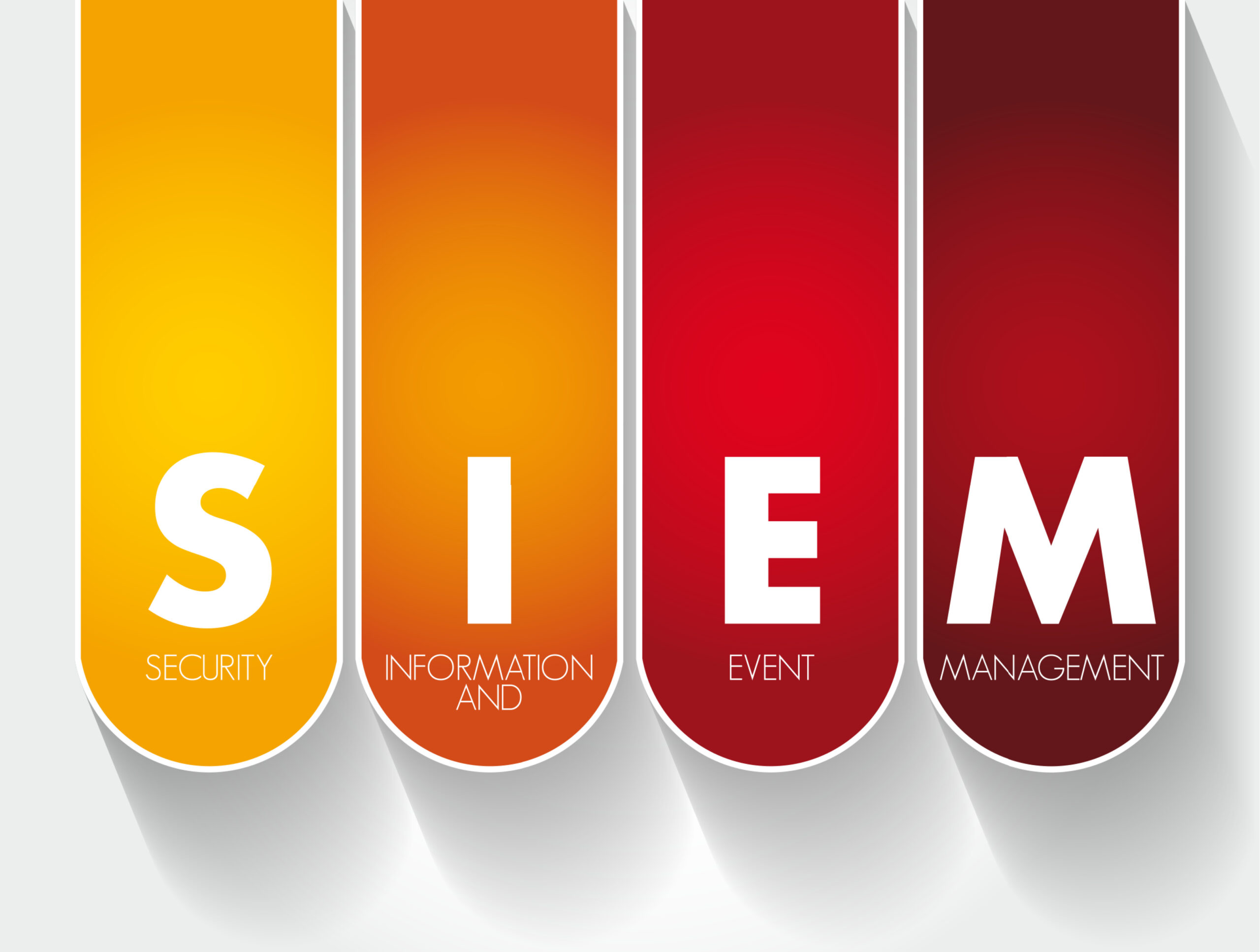Scaling Your SIEM: Ensuring Robust Security in a Growing Enterprise
As your organization expands, so does the complexity of managing security events. A scalable Security Information and Event Management (SIEM) system is crucial to handle increasing data volumes and evolving threats effectively.
Understanding SIEM Scalability
SIEM scalability refers to the system’s ability to efficiently process and analyze growing amounts of security data without compromising performance. This involves handling increased log data, supporting more data sources, and maintaining real-time threat detection capabilities.
Challenges in Scaling SIEM Systems
1. Data Volume Explosion
Modern enterprises generate vast amounts of log data from various sources, including devices, applications, and cloud services. Traditional SIEM systems may struggle to ingest and process this data efficiently.
2. Real-Time Processing
As data volumes grow, maintaining real-time analysis becomes challenging, potentially delaying threat detection and response.
3. Resource Management
Scaling requires additional computational resources, which can lead to increased costs and complexity in system management.
Strategies for Achieving SIEM Scalability
1. Adopt a Scalable Architecture
Design your SIEM with a scalable architecture that can grow with your organization’s needs. This includes planning for increased data volumes and ensuring the system can handle future expansion. Learn more about scalable SIEM architecture in this guide by Coralogix.
2. Implement Data Normalization and Aggregation
Standardize data formats and consolidate log entries to reduce redundancy and improve processing efficiency. This approach enhances the SIEM’s ability to analyze data effectively. For further details, refer to SIEM best practices by Coralogix.
3. Leverage Cloud-Based Solutions
Cloud-based SIEM solutions offer elastic scalability, allowing organizations to adjust resources based on demand without significant upfront investments. Check out Stellar Cyber’s insights on cloud-based SIEM implementation.
4. Integrate with Existing Security Tools
Ensure your SIEM can seamlessly integrate with current security tools and workflows to enhance threat detection and response capabilities. More information is available in this comprehensive guide by Coralogix.
5. Plan for Future Growth
Anticipate future needs by considering business expansion, new technologies, and potential increases in security data. This proactive approach ensures your SIEM remains effective as your organization evolves. Learn more about planning for SIEM growth from Stellar Cyber.
Best Practices for Maintaining SIEM Performance
Regularly Update and Tune the System: Continuously monitor SIEM performance and make necessary adjustments to maintain optimal operation.
Train Security Personnel: Equip your security team with the knowledge and skills to manage and utilize the SIEM effectively.
Conduct Periodic Audits: Regular audits help identify areas for improvement and ensure the SIEM adapts to changing security landscapes.
Conclusion
Scaling your SIEM system is essential for maintaining robust security as your organization grows. By implementing scalable architectures, leveraging cloud solutions, and following best practices, you can ensure your SIEM remains effective in detecting and responding to threats in an expanding enterprise environment.












